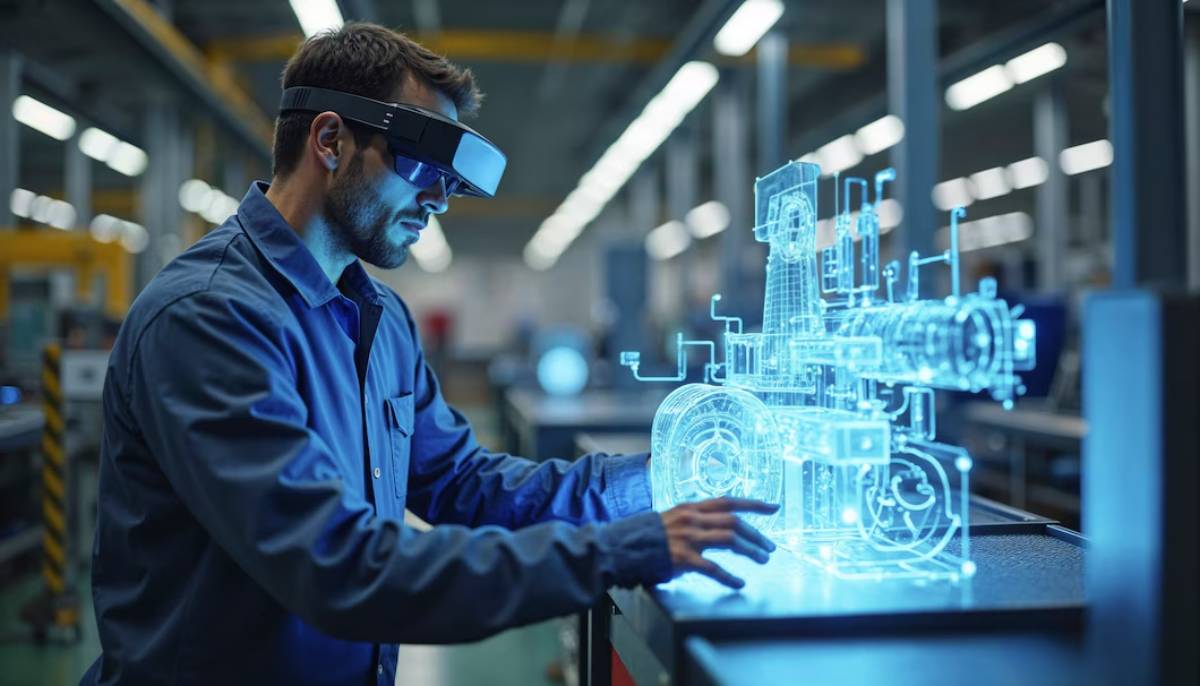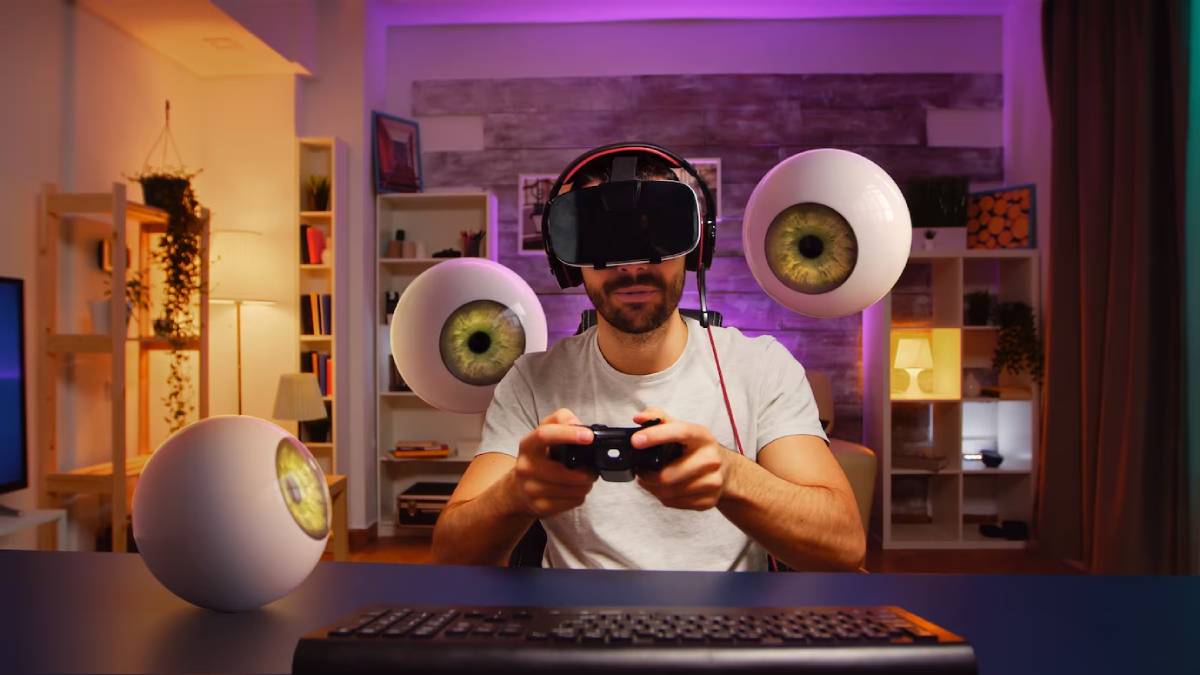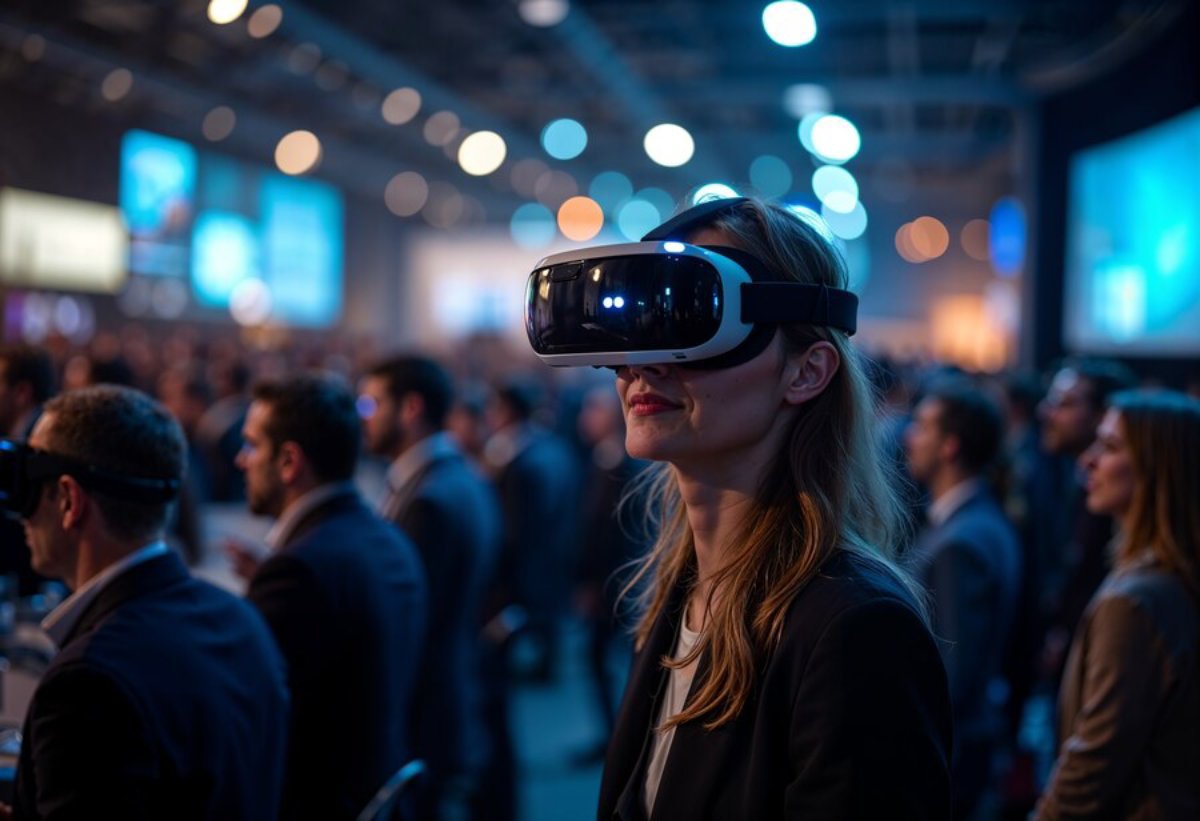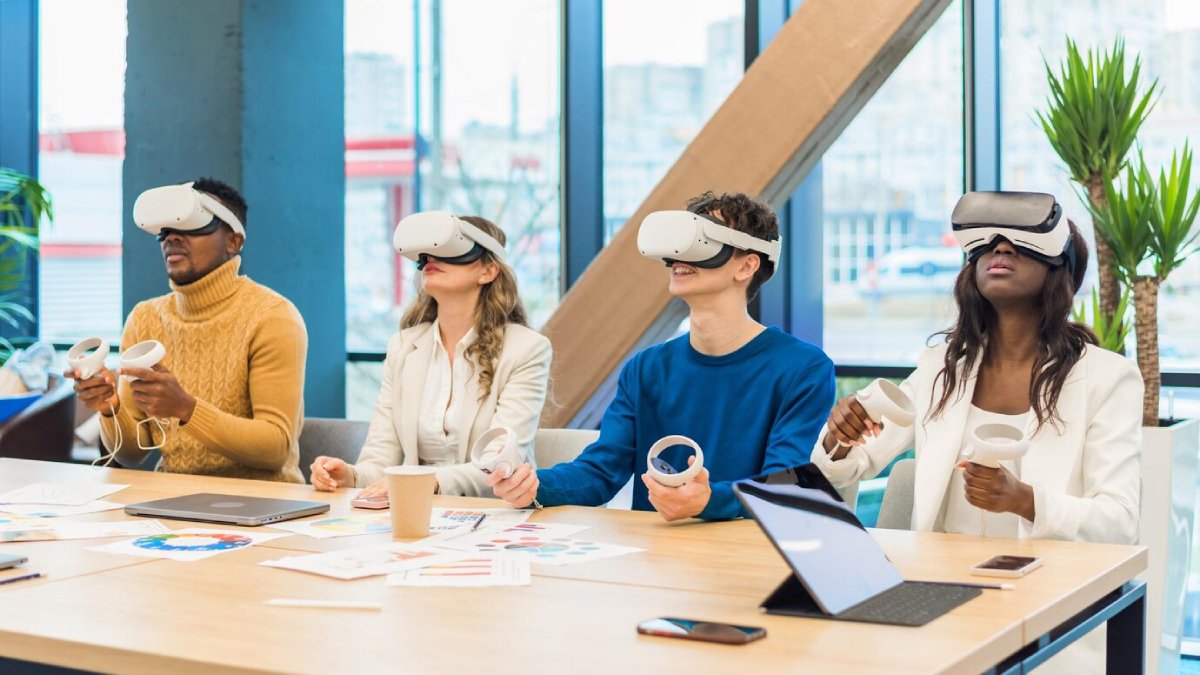
Space Exploration in VR: Journey Through the Cosmos
The past few years have seen virtual reality (VR) transform the way we perceive and engage with our environment on the ground. Its grip isn’t limited to Earth, providing a gateway to the cosmos. So, if you even have an inkling of any of these sci-fi nightmares, your desire to travel miles outside the Earth’s atmosphere through VR isn’t just a secret tech trend; it’s a significant step toward that vast unknown. It allows us to journey the universe from our living rooms. VR has made a similar mark on space exploration, and in this blog,g we look at virtual astronomy, outer space VR, and other cosmic VR that you can check out.
Key Benefits of VR Space Exploration
The mystery of space has fascinated humans for centuries. From ancient astronomers to modern scientists, our quest to understand the cosmos drives curiosity. VR space exploration satisfies this curiosity in ways we never imagined.
Accessibility to the Cosmos
One significant advantage of VR space exploration is accessibility. Traditional space exploration needs lots of resources, time, and expertise. VR, however, lets anyone with a headset explore the cosmos. This opens up space exploration to students, educators, and enthusiasts. They can engage with the universe’s wonders without leaving Earth.
In schools lacking advanced labs or planetariums, VR makes high-quality astronomy experiences possible. For the general public, especially those who can’t visit observatories or space camps, VR offers a gateway to realms once meant for astronauts and scientists.
Immersive Learning Experiences
Virtual astronomy experiences provide unmatched immersion, boosting educational possibilities. With a VR headset, users can explore detailed simulations of celestial bodies, watch stars form, or walk on distant planets. This immersive environment enhances understanding of complex astronomical ideas, making it a valuable tool for teachers and students.
These experiences go beyond visuals. Many VR platforms add interactive and immersive features, letting users manipulate data, trigger animations, and even conduct experiments in zero gravity. This interactivity connects theoretical learning with practical understanding.

Real-Life Applications and Data-Backed Insights
VR space exploration serves education and entertainment but has real-world scientific applications. Researchers can model astronomical phenomena, test ideas, and visualise complex data using VR. Space agencies use VR to train astronauts, creating realistic simulations of missions.
NASA has developed VR programs simulating life aboard the International Space Station. These programs prepare astronauts for daily tasks and emergencies. Scientists also use VR to better understand data from telescopes and satellites by immersing themselves in 3D views of cosmic events, like black holes or asteroid fields.
Studies show that VR boosts engagement and memory retention in STEM subjects. A 2018 Journal of Educational Technology study found that students learning in immersive environments scored 25% higher on tests than those using traditional methods.
Additional Expert Tips & Common Mistakes to Avoid
While VR space exploration has many benefits, a critical approach is key. Here are some expert tips and common mistakes to avoid on your cosmic VR journey.
Best Practices for an Optimal Experience
Use a high-quality headset and a powerful computer or console to get the most out of VR space exploration. Choose well-reviewed, scientifically accurate VR applications. This ensures your cosmic journey is both fun and educational.
Calibrate your system before you start. Be aware of your surroundings to avoid motion sickness or accidents. Begin with short experiences and gradually increase the duration as you become more comfortable.
Common Mistakes and Misconceptions
Many think VR space exploration is just entertainment. While engaging, it’s also a powerful educational tool that deepens our understanding of the universe. Another mistake is underestimating VR’s role in research and astronaut training. As VR tech advances, its applications will grow.
Don’t assume all VR content is scientifically accurate. Critically evaluate sources to avoid misinformation. Not all applications prioritise educational value, so seek content in collaboration with scientific institutions.
Advanced Insights and Expert Recommendations
As VR technology progresses, so will space exploration possibilities. Here are some insights and recommendations for those eager to explore VR space further.
The Future of VR Space Exploration
The future of VR space exploration looks promising. Advances in technology will bring even more immersive experiences. As VR headsets become cheaper and more accessible, we can expect more virtual astronomy experiences for the public. Integrating artificial intelligence (AI) and machine learning into VR apps will enable better simulations and data analysis, enhancing our understanding of the cosmos.
We may also see haptic feedback in space VR apps, allowing users to feel vibrations or pressure. This sensation can simulate handling instruments or walking on alien terrain, deepening immersion and providing realistic training for professionals.

Unique Industry Perspectives
From an industry viewpoint, VR space exploration is a growing market. Companies focused on VR technology and content are ready to meet the rising demand for virtual astronomy experiences. Partnerships between VR developers and space agencies can lead to innovative breakthroughs in research and exploration.
Educational institutions are also adopting VR for remote learning, especially in astronomy and physics courses. With VR, teachers can create virtual classrooms in orbit or on the moon, transforming complex lessons into exciting adventures.
Expanding the Cosmos Virtually
Collaborative platforms are emerging, allowing users worldwide to explore the same virtual space environments together. This social aspect of VR enables global participation in space education, outreach programs, and joint research efforts.
The Final Frontier at Your Fingertips
In conclusion, VR offers a unique way to experience the wonders of nature. It can ignite a love of astronomy, science, and space for the next generation of scientists and meteorologists through these more easily accessible, immersive, and educational experiences. With the advancements in technology and exploration, the possibilities for VR space exploration are limitless.
Now might be the ideal time if you’re wondering where to start your cosmic VR journey. Discover the many virtual astronomy experiences you can access and explore the universe like never before. This is only the beginning of using VR for space exploration in reception classrooms and research.
As we push the boundaries of the Cosmos both virtually and physically, remember that the sky is not the limit. It’s only the beginning.
What’s the most exciting aspect for you regarding the future of VR space exploration? What do you think about this? Let me know in the comments!


